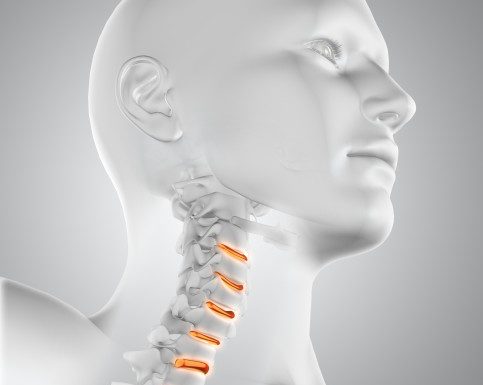By principle
First of all, let us eliminate traumas, bruises, dislocations and fractures.
First of all, we must be sure that we are suffering from the shoulder.

The main painful actors are:
Treatment is primarily medical
Medical treatment including rest, rehabilitation, shoulder glaze, general anti-inflammatories or infiltrations, balneotherapy, can reduce these phenomena and thus provide relief.
The surgery is only there to suppress triggers to these pains, repair lesions or remove constantly inflamed diseased tissue.
